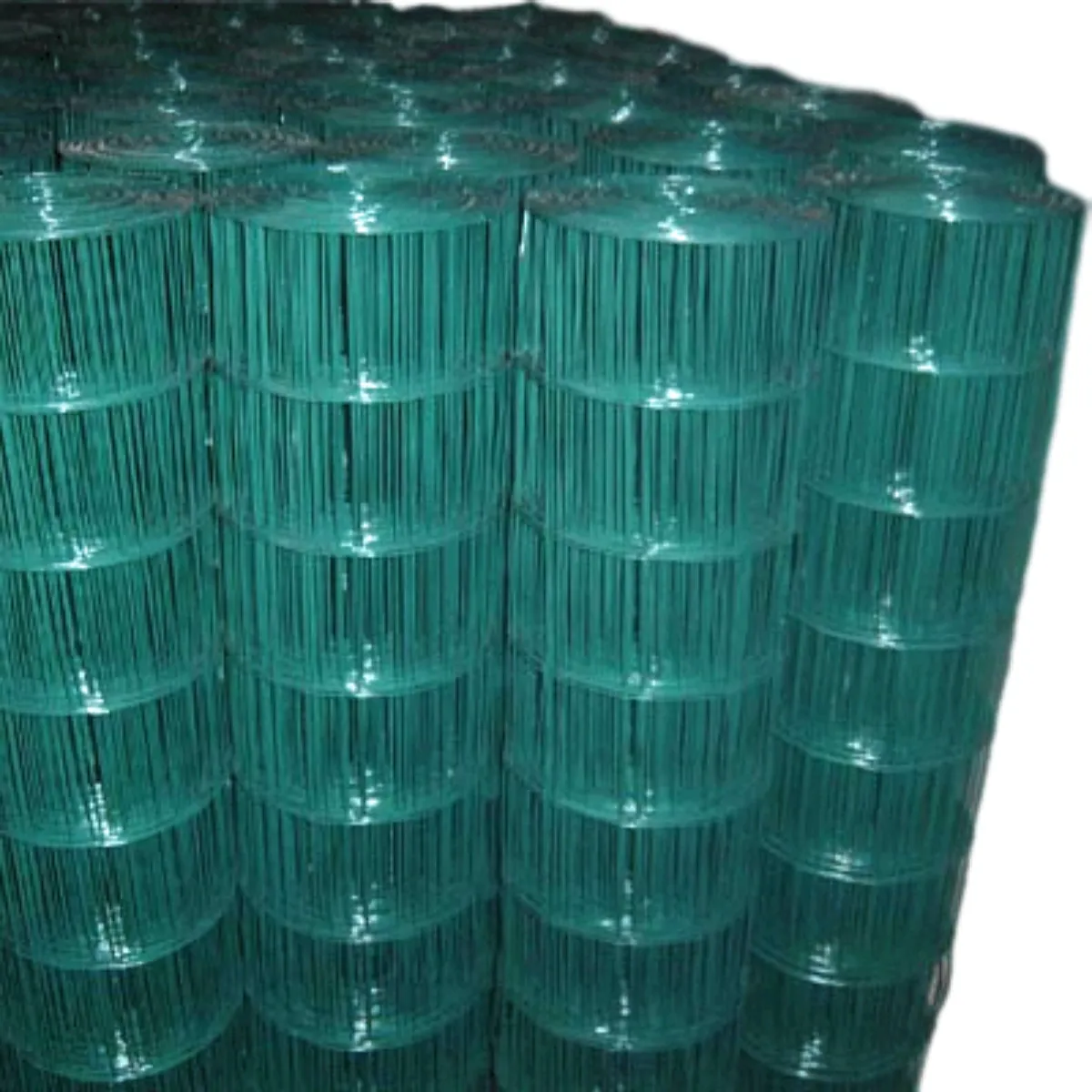marras . 12, 2024 06:56 Back to list
hydraulic hose connectors fittings
Understanding Hydraulic Hose Connectors and Fittings
Hydraulic systems play a critical role in various industries, including manufacturing, construction, automotive, and agriculture. These systems rely on hydraulic fluids to transfer power through the use of hoses, connectors, and fittings. Among these components, hydraulic hose connectors and fittings are crucial for ensuring efficient, safe, and reliable operation. This article will explore the significance of these components, their types, and best practices for their use and maintenance.
The Importance of Hydraulic Hose Connectors and Fittings
Hydraulic hose connectors and fittings serve as the links between hoses and other hydraulic components such as pumps, valves, and cylinders. Their primary role is to create a tight and leak-free seal while allowing for the transmission of hydraulic fluids under high pressure. A reliable connection is crucial in preventing fluid leaks, which can lead to reduced system efficiency, increased maintenance costs, and potential hazards in the workplace.
Moreover, these fittings come in various designs tailored to specific applications, ensuring compatibility with different hose types, diameters, and pressure ratings. The correct selection of connectors and fittings not only enhances the performance of the hydraulic system but also protects the integrity of the hoses, thereby extending their lifespan.
Types of Hydraulic Hose Connectors and Fittings
1. NPT (National Pipe Thread) Fittings These fittings are commonly used in hydraulic systems due to their tapered threads, which create a seal when tightened. NPT fittings are versatile and can join various types of pipe materials.
2. BSP (British Standard Pipe) Fittings Similar to NPT fittings, BSP fittings are widely used in Europe and other regions. They are available in parallel (BSPP) and tapered (BSPT) variations, allowing for both fluid pressure and vacuum applications.
3. JIC (Joint Industry Conference) Fittings These are designed with a 37-degree flare angle, making them ideal for high-pressure fluid transfer. They provide excellent sealing capability and are commonly used in hydraulic systems in industries such as aerospace and automotive.
4. ORFS (O-Ring Face Seal) ORFS fittings use an O-ring to create a seal, which can withstand high pressures. This design minimizes the risk of leaks and is advantageous in applications requiring a high degree of reliability.
hydraulic hose connectors fittings

5. Push-Lock Fittings These fittings are easy to install and are typically used in low-pressure applications. The hose is simply pushed onto the fitting, providing a secure connection without the need for additional tools.
Best Practices for Using Hydraulic Hose Connectors and Fittings
To ensure the longevity and efficient operation of hydraulic systems, it is essential to follow certain best practices regarding hose connectors and fittings
1. Proper Selection Always select connectors and fittings that are compatible with the hose type, size, and pressure rating. Refer to the manufacturer’s guidelines to ensure compatibility.
2. Inspection Regularly inspect fittings for signs of wear, corrosion, or damage. Replace any components that show signs of degradation to prevent leaks and system failures.
3. Installation Techniques Follow proper installation techniques to avoid over-tightening or under-tightening fittings. Over-tightening can damage the threads or crush the hose, while under-tightening can lead to leaks.
4. Avoiding Contamination Keep hydraulic systems free from contaminants such as dirt, moisture, and foreign particles. Contaminants can affect fluid properties and lead to premature wear and system failures.
5. Pressure Testing After installation or maintenance, conduct pressure tests to ensure that all connections are leak-free and functioning as expected.
Conclusion
Hydraulic hose connectors and fittings are integral to the functionality and reliability of hydraulic systems. By understanding their importance, types, and best practices, professionals can ensure the safety and efficiency of their hydraulic operations. Proper attention to these components not only enhances system performance but also fosters a safer working environment, ultimately contributing to a smoother and more effective industrial process.
-
Weather Resistance Properties of Quality Roofing Nails
NewsAug.01,2025
-
How Galvanised Iron Mesh Resists Corrosion in Harsh Environments
NewsAug.01,2025
-
Creative Landscaping Uses for PVC Coated Wire Mesh Panels
NewsAug.01,2025
-
Common Wire Nail Dimensions and Their Specific Applications
NewsAug.01,2025
-
Choosing the Right Welded Wire Sheets for Agricultural Fencing
NewsAug.01,2025
-
Anti - Climbing Features of Razor Wire Barriers
NewsAug.01,2025









